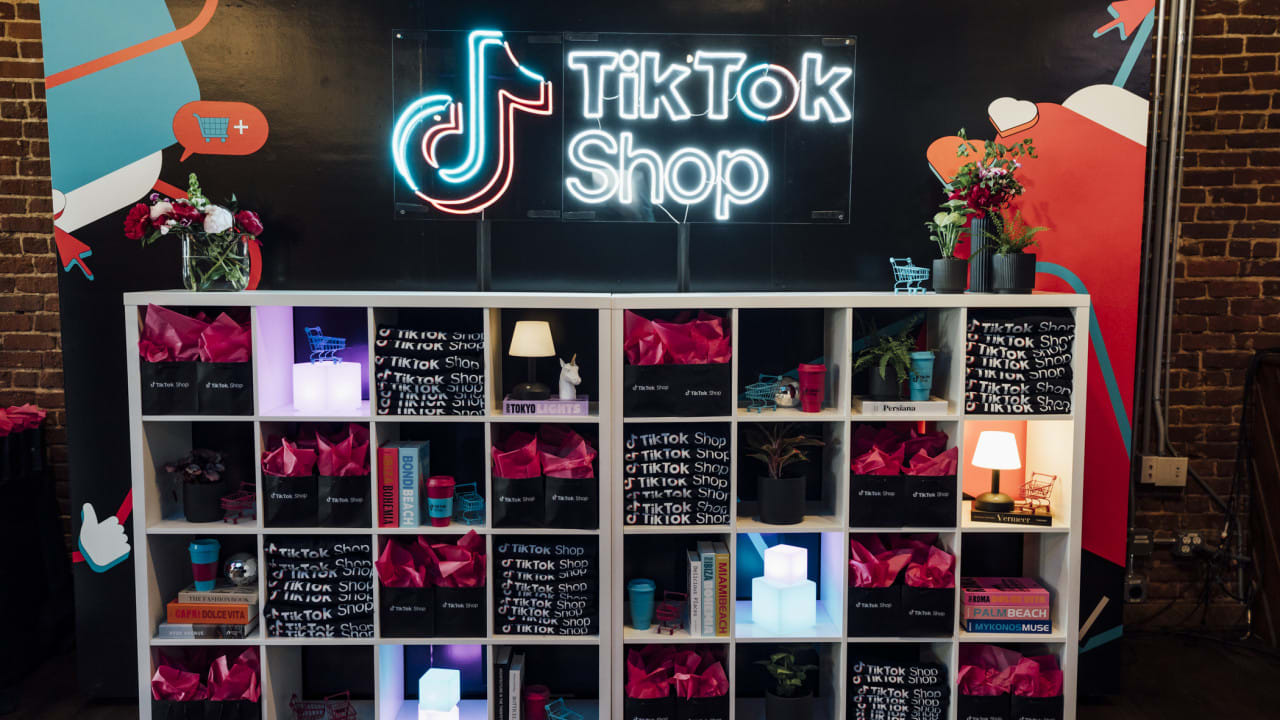Corporate planners talk talent, event formats and the value of data

Corporate event planners gathered at The Charlotte Street Hotel in London on 4 May, to discuss the latest trends and challenges impacting the events industry, including the search for talent, hybrid versus live and making the most of data. The roundtable dinner was hosted by Calum Di Lieto, editor of C&IT, in association with Cvent.
Tackling the talent shortage
Calum di Lieto, editor of C&IT, kicked off proceedings by highlighting recent research around recruiting talent for events, with 47% of those surveyed saying it was difficult to find the right people and 20% believing it wasn’t a concern. It’s an issue that elicited different responses, with one event planner summing it up by saying the situation was “bloody difficult” and that it’s a struggle even filling entry-level event roles.
While attendees acknowledged that staff shortages are impacting every sector at present, Cvent’s Jamie Vaughan said that the events industry was also suffering from a generation gap. He suggested it’s becoming less attractive to graduates as a career and that one solution would be to reinvent how roles are advertised. He also highlighted the different recruitment demands facing the industry: some companies may be recruiting to backfill staff laid off from consolidation or through attrition, while others are recruiting for growth.
One planner felt there was a growing trend where in-house event organisers are being replaced by agencies, despite the fact that this is costing the business more. Many companies relied on agencies and other external suppliers during the pandemic to help them deliver virtual events, and this could well be an approach that is continuing post-pandemic. “There will be some amazing people in the market for jobs but they may not be getting the opportunities they want because using an agency is more practical,” the planner said.
This opened up a discussion about whether agencies are being used to plug a skills gap, although the majority believed factors such as low salaries had a bigger part to play in hampering recruitment. They also agreed that quality of service is being impacted – a lack of staff is resulting in less time spent on venue searches for example, making recommendations from peers more important than ever before. Costs involved in an event – from venues and production/AV to the hospitality element have also become more expensive.
It appears to be something of a vicious circle, as Cvent’s Vaughan noted. “The market has consolidated but if you are in AV or the venues sector, many suppliers went bust or laid off staff. Now there is so much demand that many places are completely booked out until the autumn. The industry has consolidated to such an extent that demand is higher than in 2019,” he said.
Balancing act
Now that in-person events have returned, one of the many challenges planners are facing is how best to manage live and hybrid – whether to offer one format over another, or how to combine the two. Corporate planners gave a range of views, with one saying they had experienced a 56% drop-off rate ahead of an afternoon in-person event, drawing the conclusion that while most people are happy to meet in-person again, they may not be willing to make the effort for those events that are of a shorter duration. Another planner suggested it could be down to demographics, and a reappraisal of time and productivity following the various lockdowns.
“We’re in a lucky position, as many of our event attendees are older and they want to get together in person,” one planner said. “But it does come to demographics and needs – some people want to meet up, and for others, it has to be really worth their time to attend.”
When considering live versus hybrid, planners are effectively dealing with two events and two audiences, making the overall experience more expensive and more time-consuming, with one planner highlighting how organisers are expected to be broadcasters and technicians.
“Delivering a successful hybrid event requires a very special skills set,” said one planner. “We produced an event and the screens went down. It was because some of the links we were using would only work externally. The next time we were more prepared, with two back-ups for the links and other platforms such as Vimeo.”
As Di Lieto pointed out, one of the interesting areas to look at from a delegate perspective is the value digital streams provide, not least the chance to reach a global audience. But he acknowledged that there was also a need to connect people within a live environment. Ultimately, the choice of whether to go live, virtual or combine the two in a hybrid format depends very much on your event objectives.
“As a sponsor of events, we care about how many leads we are getting; we get more of these from an exhibitor booth than from GDPR-compliant-lists of people who don’t often reply to our emails,” says one planner. “Budgets are tight, so we need to think of where we want to spend the money and what will deliver the most value.”
Cvent’s Vaughan suggested that hybrid is the future, but with caveats. “A live hybrid feed means the audience can have almost the same experience as those attending live. They can ask questions, join in debates, take part in polls… the virtual audience may be harder to engage with if you have 10,000 online, but consider if half of these are engaged… and if reach is important, then the value of the format can’t be denied.”
Hybrid and virtual formats have also led planners to rethink how to host live events. The 9 to 5 conference model, for example, could feature shorter bursts of content, with more time for networking, which would not only encourage people to attend but perhaps give them something over and above what virtual could offer.
The power of data
While the debate on hybrid, live and virtual will doubtless continue for some time yet, what is more certain is that these three formats have armed event planners with more data than ever before.
“With this richer data, the role of the event planner has become much more strategic,” noted C&IT’s Di Lieto. One planner suggested that data is helping boost the profile of the role of the event planner, giving them a way to demonstrate value to the company board, for example.
“Much of what an event professional does is to foresee problems behind the scenes, but this isn’t so visible,” said one planner. “How do you communicate this and show value?”
Suggestions included event planners benchmarking themselves against their competitors and better communicating the role of events within their companies. They need to show how events complement marketing activity, by demonstrating, via data, the unique insight and intelligence they can offer. This means that event follow-up is even more important than ever, and will play a bigger role in determining the overall value of events.
Join this Cvent webinar for tips and best practices how to master the new event landscape.
Attendees included:
- Emma Grant, manager, events & outreach at Moody’s Analytics
- Gracia Kabongo, events manager at Wates Group
- Mercedes Ernst, event manager at The Lawyer
- Jasna Goodwin, event meeting manager at Amway Europe
- Joy Lim, team leader, Firm Communications and Events at the Financial Conduct Authority
- Anna Taylor, global meetings and events project manager at AstraZeneca
- Sarah Zarywacz, events executive at ECI
- Jamie Vaughan, vice president, European sales at Cvent


 play_arrow
play_arrow
